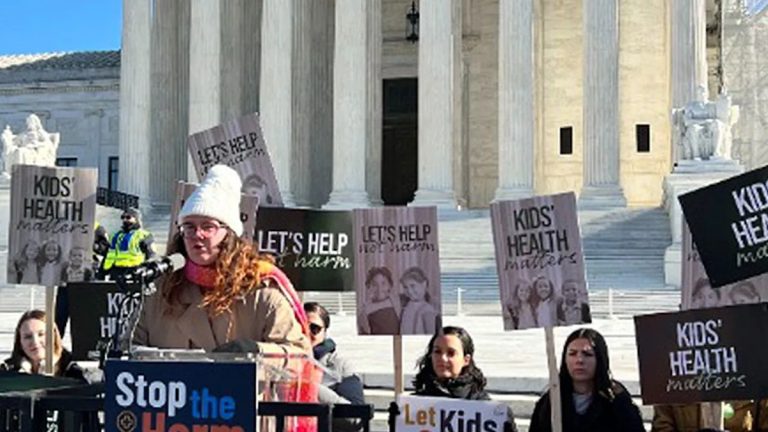Progressives Misled on Transgender Youth Treatments, Atlantic Report Claims
A scathing report published in The Atlantic asserts that progressives have fallen prey to a deluge of misinformation surrounding medical treatments for transgender youth. Author Helen Lewis argues that many commonly held beliefs about puberty blockers and hormone therapy, touted as life-saving interventions, are nothing more than “zombie facts” – discredited claims that persist despite evidence to the contrary. Lewis contends that progressives are trapped in an echo chamber, readily accepting pronouncements from well-meaning commentators while remaining unaware that even leading advocates for these treatments have retreated from such absolute positions. The article urges a critical reevaluation of these claims, emphasizing the importance of supporting transgender rights without blindly endorsing potentially harmful medical interventions.
Lewis points to several instances where the narrative surrounding youth gender transition has been challenged. She cites ACLU lawyer Chase Strangio’s Supreme Court admission that studies have not definitively linked blockers and hormones to reduced suicide rates. This concession, Lewis argues, undermines the prevalent and emotionally charged assertion that restricting access to these treatments is tantamount to condemning transgender youth to death. Further bolstering this point, Lewis references a 2024 study in England that found no increase in suicides following restrictions on puberty blockers in 2020. Despite this evidence, proponents of youth gender transition continue to invoke the specter of suicide to advance their cause, a tactic Lewis criticizes as manipulative and irresponsible.
The article also challenges the notion that the evidence base for adolescent gender transition is robust and scientifically sound, labeling it “perhaps the greatest piece of misinformation believed by liberals.” Lewis criticizes the World Professional Association for Transgender Health (WPATH), alleging that internal documents reveal doubts within the organization about recommending these treatments for youth and a bias towards publishing only supportive research. The author highlights Dr. Johanna Olson-Kennedy, medical director of The Center for Transyouth Health and Development, who reportedly expressed reluctance to publish research that might cast doubt on the benefits of youth gender transition, fearing it would be “weaponized” by opponents.
Lewis’s central argument is that progressives have become ensnared in a “misinformation bubble,” where support for youth transition has become inextricably linked to other progressive causes like police reform and climate activism. This bundling of issues, she contends, has created a situation where questioning the efficacy or safety of these treatments is perceived as a betrayal of progressive values. Lewis argues for a more nuanced approach, emphasizing that it is possible to support transgender rights without endorsing unproven and potentially irreversible medical interventions for children. She urges progressives to break free from this echo chamber and engage in critical thinking, separating genuine support for transgender individuals from unquestioning acceptance of experimental medical practices.
The article’s implications extend beyond the immediate debate surrounding youth gender transition. It raises broader concerns about the susceptibility of even well-intentioned individuals to misinformation and the dangers of ideological conformity. Lewis’s call for critical evaluation and nuanced discussion resonates in a polarized political climate where complex issues are often reduced to simplistic talking points. Her critique of the progressive movement’s handling of this issue serves as a cautionary tale about the importance of intellectual honesty and the potential for well-meaning advocacy to stray from evidence-based reasoning.
Ultimately, Lewis’s piece challenges progressives to confront uncomfortable truths and re-evaluate their stance on youth gender transition. By highlighting the discrepancies between rhetoric and evidence, the article aims to spark a more honest and informed conversation about the best way to support transgender youth. It underscores the need for a cautious and evidence-based approach to medical interventions, prioritizing the long-term well-being of children over politically charged narratives. The debate surrounding these treatments is complex and emotionally fraught, and Lewis’s contribution seeks to inject much-needed nuance and critical analysis into the discussion.


